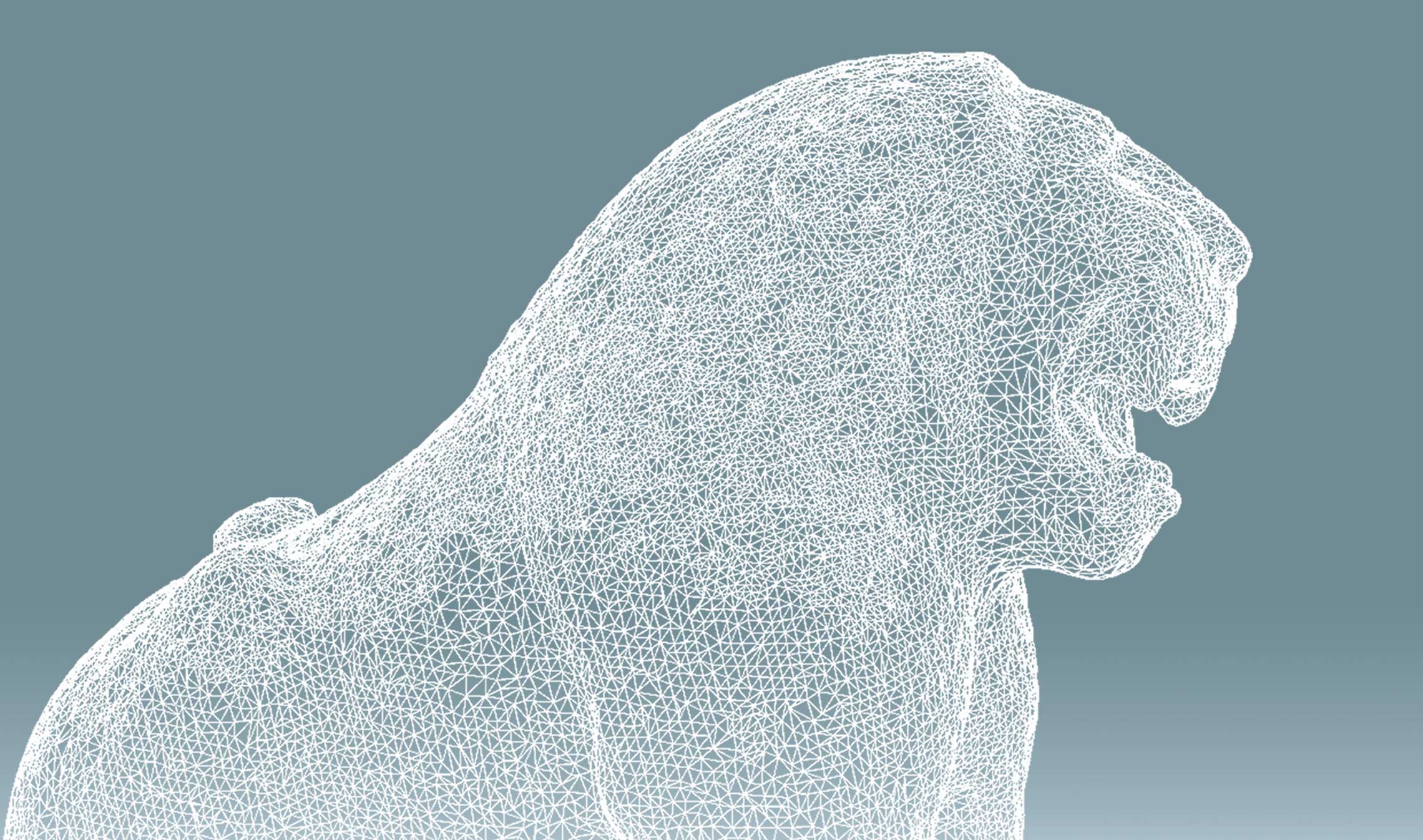What can 3D technology tell us about ancient civilizations?

This story is one of many that reveal the extraordinary legacy of Boundless: the Campaign for the University of Toronto, which ended on December 31, 2018. Read more inspiring stories of impact and discover why more than 100,000 people came together to make the Boundless campaign an historic success.
Archaeologists, paleoenvironmental researchers, and other scholars often converge on the same sites to unearth forgotten ways of life from different perspectives and using different techniques. When hundreds of researchers work the same sites, they can generate a lot of data, such as maps, photos, and notes about objects and places, leading to information overload. The growing mountain of data itself needs to be excavated and methodically organized for it to be useful.
Reshaping our understanding of the ancient Middle East
The genius of U of T’s Computational Research on the Ancient Near East (CRANE) Project lies in anticipating and solving that problem for one region in particular, the Orontes Watershed. Spanning parts of southeastern Turkey and northeastern Syria, the fertile valleys and plains of this area shows signs of continuous, human habitation since the Paleolithic era, over 10,000 years ago.
As a cradle of human civilization, this area attracts a lot of attention from international scholars. U of T Professor Timothy Harrison, Director of the CRANE Project, has established a collaborative, multidisciplinary forum for researchers that links, organizes and presents their data in stunning new ways, allowing scholars from different disciplines to benefit from one another’s research on the Orontes Watershed. As CRANE researcher and anthropologist, Professor Michael Chazan, says, “the CRANE project will reshape our understanding of the ancient Middle East and will also lead to significant innovation in digital technology.”
Unprecedented innovation in digital technology
Data integration, for the CRANE Project, means using data-mining techniques, creating digital visualizations of ancient buildings and objects, and even creating full-blown simulations of the Orontes region, empowering researchers to make and test predictions about how human culture evolved there. To this end, it brings together nine distinct programs, each contributing to the better organization and use of different data.
For example, the digital backbone of the project is the OCHRE data service (the Online Cultural and Historical Research Environment), which provides a platform for managing and integrating archeological and other relevant forms of data. Another program uses data and images of artifacts and buildings to create highly detailed, three-dimensional digital models of them, using low-cost technology to achieve high-quality results. A third program, ENKIMDU, creates a detailed, virtual world to “replicate the interactions of natural and social processes,” from the scale of mere minutes to tracking social and environmental changes over centuries. Currently, ENKIMDU is focused on gathering environmental data, but eventually demographic data and information about social structures and practices will be integrated into the simulation.
Unprecedented level of integration of data
The practical benefit of systemic, multidisciplinary collaboration lies in the unprecedented level of integration it achieves. Researchers are empowered and informed by one another’s data in new ways. The success of the CRANE Project can be replicated in other areas of research as the techniques the project employs are further refined.
As for our knowledge of the ancient Near East, the CRANE Project enriches our understanding of human life in the Orontes Watershed. Evidence of dramatic environmental changes gleaned by paleoenvironmental research might help an anthropologist explain evidence of political or technological developments. Combining these datasets can also help us understand how ancient human activities affected the ecological niche that gave rise to them. Not only can we learn about how ancient civilizations rose, evolved, and fell, we also gain better insight into social and environmental issues facing us today.
